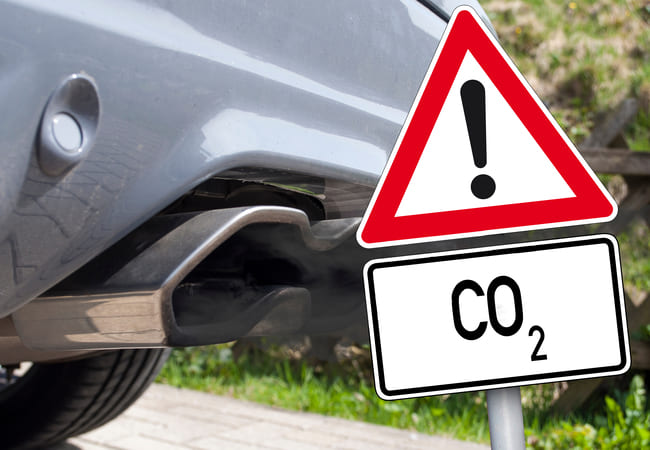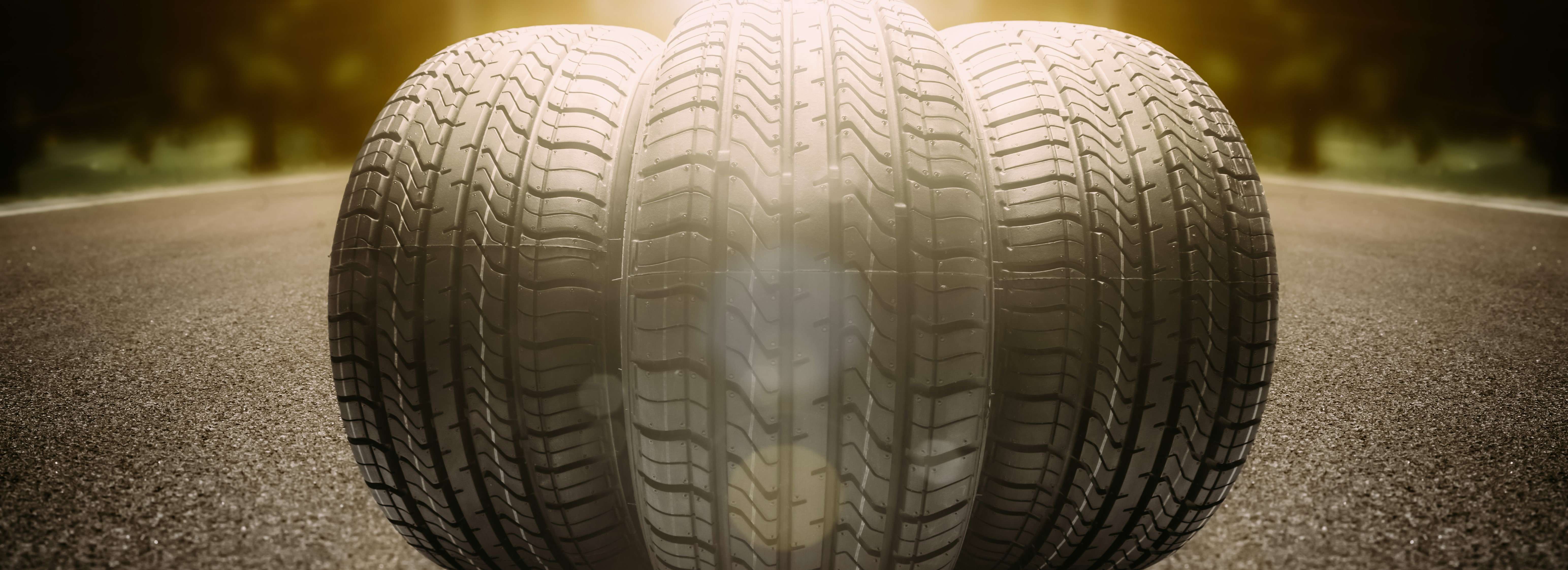
Car exhaust pipe: what you need to know
What does the car exhaust pipe system do?

When most people think of the exhaust, they associate it with the little tailpipe that sticks out the back of the car. In reality, this system is much more complex, consisting of a network of pipes linking the catalytic converter, the car exhaust manifold, the exhaust muffler (/silencer), and other critical components. The exhaust system’s main purpose is to direct harmful gases away from the passenger compartment and reduce the toxicity of the fumes. At the same time, it reduces the amount of noise the vehicle makes and improves the engine’s overall performance.
How does it work?
First, the waste gases from the engine cylinder head escape through a valve into the exhaust manifold, which then redirects them through the front pipe into the car catalytic converter. The converter breaks down carbon monoxide and hydrocarbons, turning them into carbon dioxide and water vapour and nitrogen. The next destination is the silencer or muffler. The sound-absorbing component typically consists of a set of tubes that are designed to cancel out and absorb sound waves as the gases are released. The fumes then make their final exit through the tailpipe.

Common problems with the exhaust
- Leaks
Bumpy roads and strong vibrations can cause wear and damage to your car’s exhaust system over time, causing cracks in the pipes and gas leaks. If you can smell a musty, smoky odour in the passenger compartment, it is advisable to get it checked out as soon as possible. Exposure to poisonous fumes can lead to serious health problems. Other signs of a leaky exhaust include a noisy, hissing or whistling engine, a poor fuel economy, and a loss of power. Sometimes car exhaust pipe repair tape can be used as a cheap, temporary fix but, in many cases, welding or replacements are necessary.
- White smoke coming from the car exhaust pipe
What you’re seeing is normally steam caused by condensation in the exhaust pipe, however, it could also be a sign of a coolant leak or gasket failure, which will require immediate attention. Excessive water in the car exhaust pipe can cause it to corrode from the inside out.
- Excessive black smoke
Too much black or grey smoke suggests that the engine is running too rich due to problems with the fuel injection or supply system, the sensors, ECU or the spark plugs on a car. However, in diesel engines, the usual culprit is a buildup of soot or the regeneration process of the particulate filter.
- Damaged hangers
These components secure the exhaust to the car chassis and prevent it from banging against other parts or the road surface while you are driving. When the hangers break, the pipe can move around freely, leading to dents and cracks or causing parts to break off.
Car exhaust pipe sizes
Exhaust systems can feature one or two exit pipes (single or dual exit systems) which ultimately affects sizing of the exhaust. The most common type is the single exit exhaust as it is lightweight, cheap to produce and generally quieter. On the other hand, a dual exit system can release twice as much exhaust fumes and increase horsepower. As a general rule, the higher the engine’s output is, the larger the exhaust pipe. A pipe that is too large may actually decrease engine power and fuel efficiency. The sizes of catalytic converter and muffler outlets and inlets should correspond to the exhaust pipes.
Standard sizes
| Horsepower | Single pipe OD (in) | Dual pipe OD |
| 100 - 200 | 2” - 2.5” | 2” |
| 150-250 | 2.25” - 2.5” | 2” - 2.25” |
| 200-300 | 2.25” - 3” | 2” - 2.5” |
| 250-350 | 3” - 3.5” | 2.25” - 2.5” |
| 300-400 | 3” - 3.5” | 2.5” |
| 350-450 | 3.5” - 4” | 2.5” -3” |
| 300-500 | 4.5” | 3.5” |
TOP products on the subject:





























